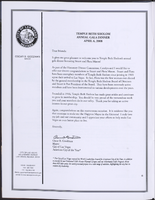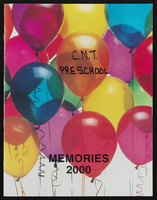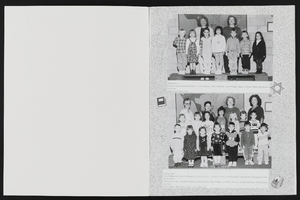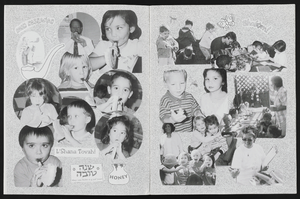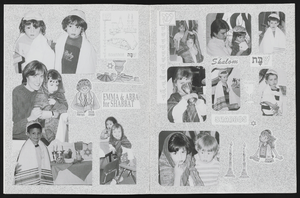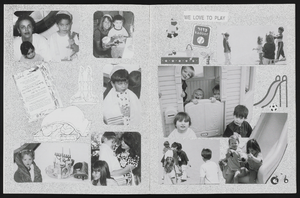Search the Special Collections and Archives Portal
Search Results

Transcript of interview with Patricia Bryan by Stephen Kulifay, February 20, 1979
Date
Archival Collection
Description
Text

Transcript of interview with Lynn Leshgold Rosencrantz by Barbara Tabach, January 7, 2016
Date
Archival Collection
Description
In this interview, Rosencrantz discusses at length her involvement as a founder of the city?s Jewish Federation?s Young Leadership Program, including other local leaders she worked with to promote Jewish community engagement in Las Vegas. She also talks about her spiritual journey as an adult, leading to her participation at Stillpoint Center for Spiritual Development.
Text
Suzanne Dalitz oral history interview
Identifier
Abstract
Oral history interview with Suzanne Dalitz conducted by David Schwartz on December 17, 2014 for the Southern Nevada Jewish Heritage Project. In this interview, Suzanne Dalitz discusses growing up with her father, Morris Dalitz, and how she maintained their relationship by visiting him in Las Vegas, Nevada after her parents separated. Dalitz mentions that her father kept his family completely separate from his life in organized crime. She discusses her establishment of the Angelica Foundation as well as her involvement with the Mob Museum to curate a story of Morris Dalitz and his history with Las Vegas. Dalitz finishes the interview with a discussion of her relationship with her father and her general experience living in Las Vegas.
Archival Collection

Transcript of interview with Carol Forsythe by Sam Copeland, March 2, 1977
Date
Archival Collection
Description
Text

